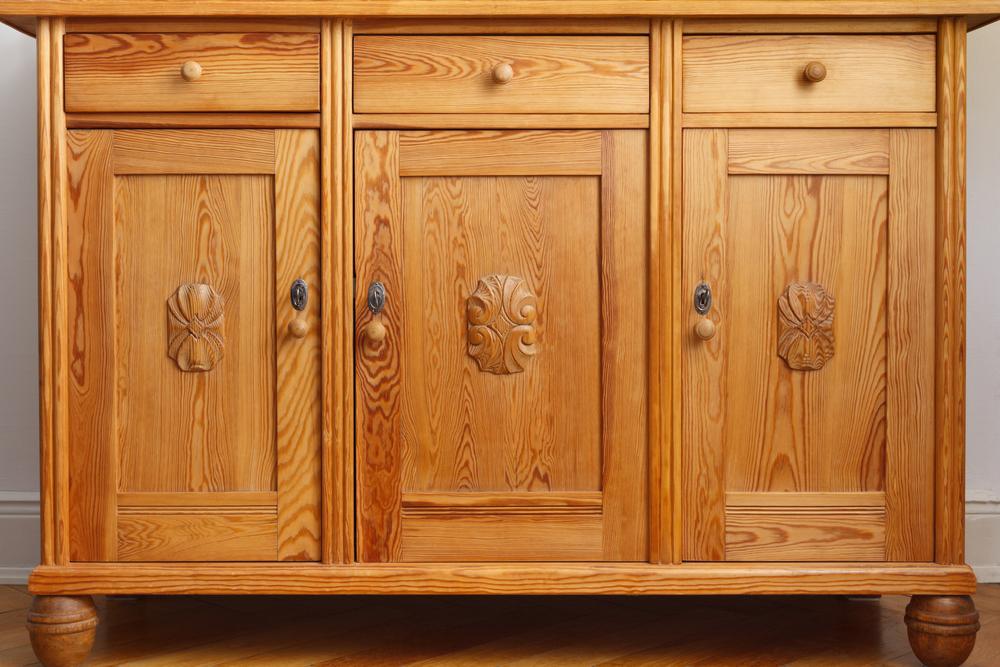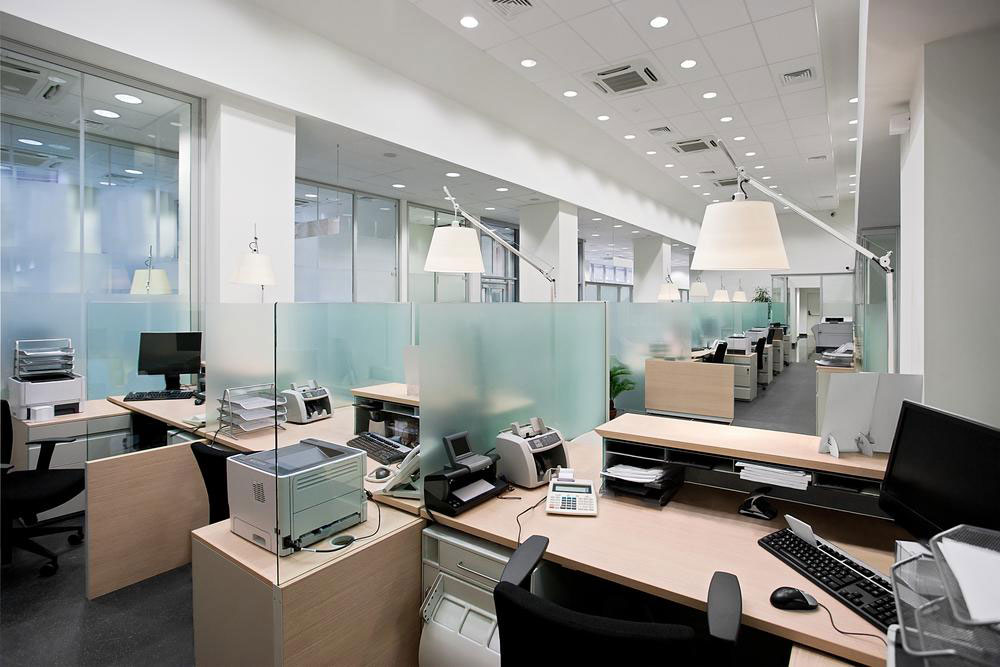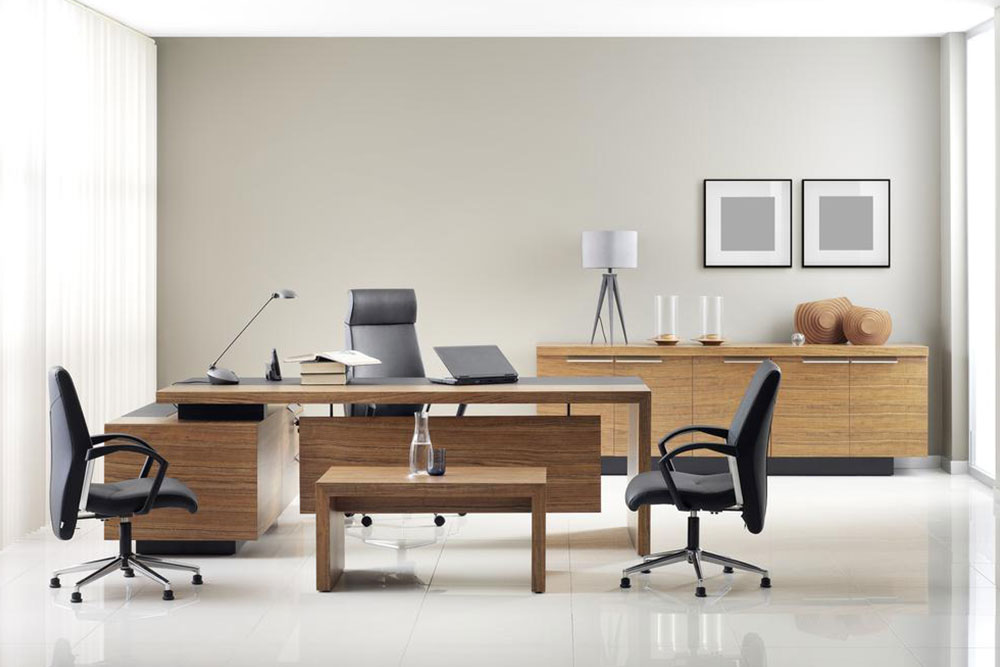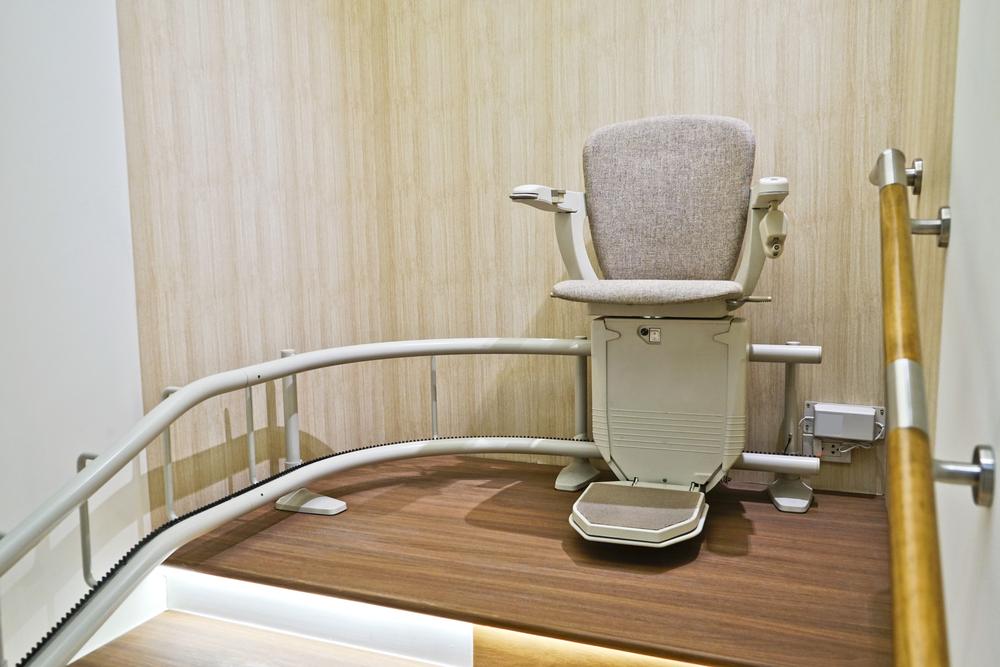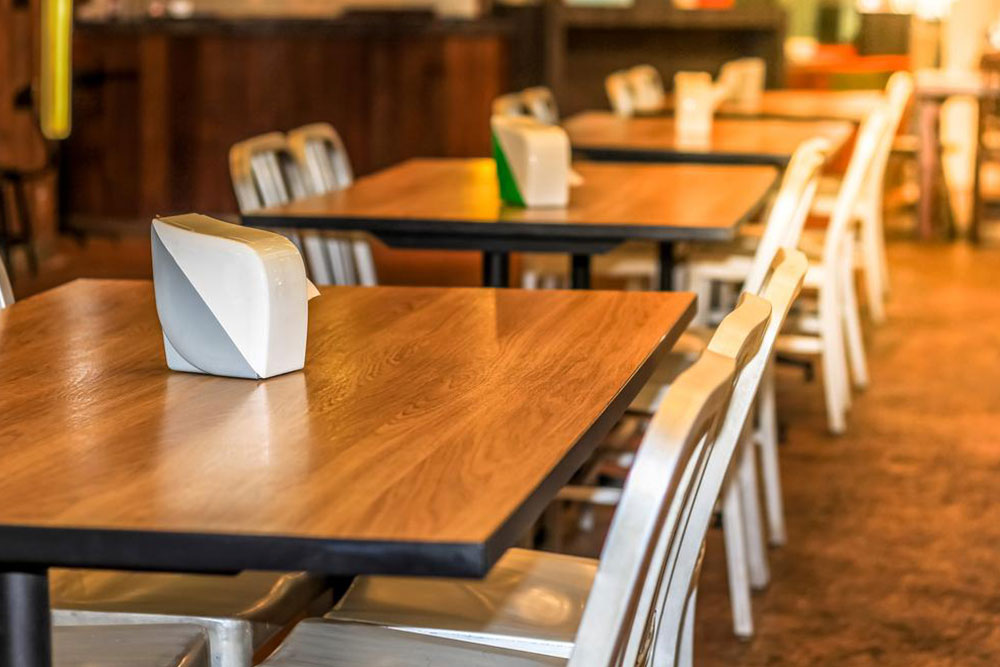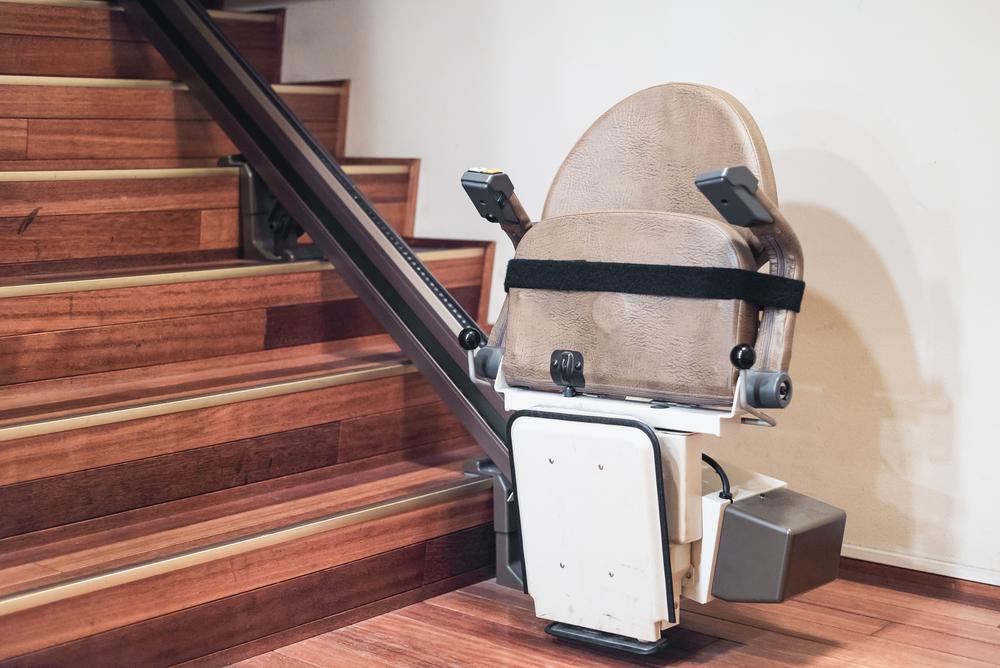Expert Guide to Selecting Perfect Office Furniture for Your Workspace
Discover essential tips for choosing the perfect office furniture that combines functionality, style, and comfort. From desks and chairs to storage and security, learn how to create a productive and appealing workspace tailored to your needs. This guide also covers maintenance tips to ensure longevity and hygiene in your office environment, helping you make informed decisions for a professional and inviting office space.
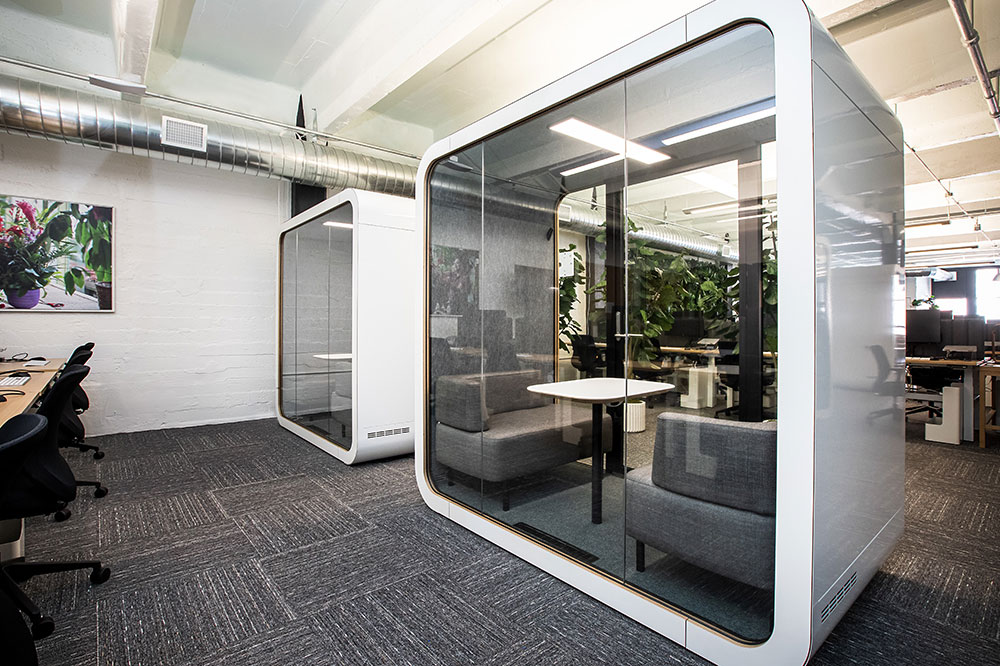
Expert Guide to Selecting Perfect Office Furniture for Your Workspace
Work environments are continuously transforming to meet evolving needs and styles. The market offers a variety of options, from contemporary and eclectic to classic, industrial, or minimalist designs. When choosing furniture, consider team size, work type, and budget. Office furniture differs from home furniture primarily in functionality, with a focus on efficiency rather than luxury. Lately, stylish pieces that reflect branding are gaining popularity. Seating capacity is crucial, as office furniture must accommodate employees and clients, unlike home setups that serve limited guests.
Types of Office Furniture
Offices require more than tables and chairs; accessories like filing cabinets and safes are essential for organization and security.
Desk options include managerial desks, which are larger and often feature storage for executives, and height-adjustable desks suitable for versatile use.
Wall-mounted floating desks are ideal for saving space in small offices.
Office Seating Solutions
Executive chairs with high backs, leather upholstery, and wheels balance comfort with style.
Ergonomic chairs are increasingly favored for their support, promoting proper posture during long work hours.
Task chairs are budget-friendly, simple, height-adjustable, and common in most offices.
Security Equipment
Choose safes based on your business needs—fireproof, burglar-proof, or multi-functional. Options include traditional or electronic safes, with various materials and security features.
Storage Cabinets
Filing cabinets come in lateral, vertical, and specialized types to suit document storage needs. Mobile units add convenience, while flat-file cabinets are ideal for large documents like blueprints.
Tips for Choosing Office Furniture
Budget: Balance quality with affordability. Consider second-hand options or multifunctional furniture to cut costs without sacrificing comfort.
Functionality: Select versatile furniture that can adapt as your business grows, ensuring long-term usability.
Business Needs: Prioritize comfort and practicality based on job roles. For creative fields, spacious tables and standing desks can enhance productivity.
Office Size: Match furniture dimensions to your space. Proper measurement and layout planning create a more open, inviting environment.
Aesthetic Appeal: Choose colors and designs that reflect your brand and foster a positive work atmosphere. Consider color psychology to boost creativity, calmness, or energy.
Maintenance Tips for Office Furniture
Regular Upkeep: Conduct routine inspections and maintenance, tightening bolts and checking for damage to extend furniture lifespan.
Proper Cleaning: Use manufacturers-recommended cleaning agents, especially for leather or delicate surfaces, to maintain appearance and hygiene.
Deep Cleaning: Schedule periodic thorough cleanings of drawers, shelves, and behind furniture, ensuring a hygienic workspace.
Investing time and thought into selecting the right office furniture enhances productivity, safety, and aesthetics, leaving a lasting positive impression on clients and employees alike.

